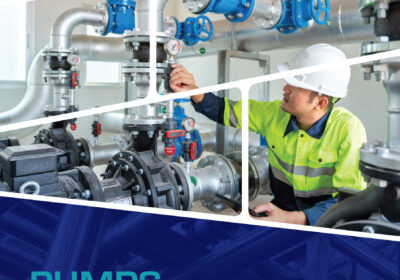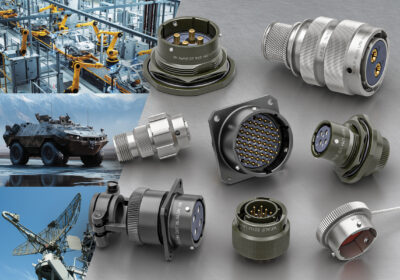With the constant evolution of technology and the development of construction and infrastructure, the global market for welding gear is expected to reach over £12 billion by 2026.
Technological advancements in the welding industry can bring a wide range of benefits, transforming the way welding operations are performed. Among many other things, they can increase efficiency, reduce downtime, enhance safety, offer better precision, and improve the quality of welding processes overall.
So what are the latest, most innovative tools that are driving the sector forward? Let’s take a look at some of the tech introductions that are already starting to shape the future of the welding industry.
Robotics
Over the years, more and more sectors have been using robots to facilitate their day-to-day operations. In more recent times, the welding industry has followed suit, adopting robots to ensure consistent quality, maximise productivity, and facilitate cladding applications.
In this respect, Bastien Gerard, Business Development Director Consumables from Welding Alloys said: “Yes, there is no hiding that these ingenious tools have a high initial cost, both in terms of equipment investment and personnel training.
“However, in the long run, they are likely to pay off the hefty expenses by largely increasing efficiency.
“What’s more, another advantage of using robots in certain processes is that they can save staff from being exposed to hazardous fumes or radiation, and can significantly reduce the risk of repetitive strain injuries.
“And for those operations where the supervision of human welders is necessary, there are collaborative welding robots (welding cobots) that can make the job easier.
“Equipped with sensors that allow them to work safely with humans without the need for barriers, cobots are designed to assist employees with the more repetitive, physically demanding aspects of welding.”
Virtual reality (VR) and augmented reality (AR)
Virtual reality (VR) and augmented reality (AR) welding simulators are being used in the sector for training purposes. These high-tech headsets offer an immersive environment in which workers can practice their skills in a safe and controlled manner.
In the case of VR welding training, the equipment simulates a real-world, 360-degree scenario where the welder can have a go at carrying out specific tasks. With AR, instead, the welder uses a wearable device to access digital overlays that provide guidance and instructions as they perform an operation in real life.
The beauty of both VR and AR is that they can offer instant feedback, helping welders nail their skills and identify which areas need further training. In turn, this can help both workers and companies improve the quality of production and minimise potential errors or defects.

Welding drones
Fitted with sensors, cameras, and robotic arms, welding drones are innovative tools that are perfect for the inspection of hard-to-reach or hazardous locations.
Regardless of a welder’s experience, performing welding processes on bridges, high-rise buildings, or offshore oil platforms can be dangerous. So, using drones can eliminate any unnecessary risks or safety issues, as they can be operated remotely to check sites from a safe distance and make adjustments as required.
Since drones are able to access both remote and hard-to-reach locations without much hassle, companies can save precious time and money. In fact, there will be no need for scaffolding, which can both delay operations and have an impact on a business’s finances.
Friction stir welding and laser welding
One of the trickiest challenges for workers is to weld dissimilar metals. In some cases, it is borderline impossible.
In recent years, however, a new technique called ‘friction stir welding’ (FSW) has been introduced. This process utilises mechanical friction by applying pressure and rotating the metals at high speed, which in turn causes them to fuse and form a strong bond.
FSW is a particularly handy technique as it offers a clean, precise weld without any defects or porosity.
Similarly, another powerful and innovative tech advancement is laser beam welding (LBW). This process adopts a focused beam of light to melt and join different metals while keeping control over heat input and weld penetration.
As well as guaranteeing precision and consistency, LBW can speed up what is usually a lengthy, time-consuming operation. Thanks to its reliability, this technology is increasingly being used in automotive, medical device, and aerospace manufacturing.
Sources
https://waterwelders.com/welding-industry-statistics-market-size/
https://www.twi-global.com/technical-knowledge/faqs/faq-what-is-friction-stir-welding
https://www.twi-global.com/technical-knowledge/faqs/faq-how-does-laser-welding-work






